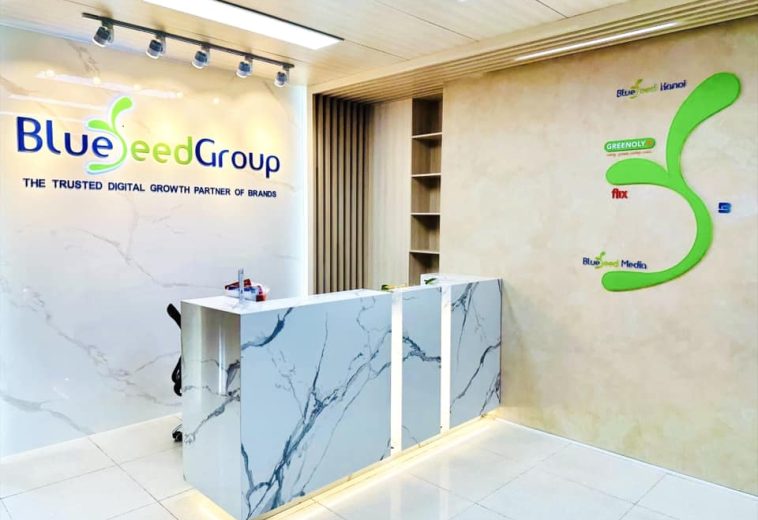A recent report released by Decision Lab in conjunction with the MMA has shined some light on the fast emerging space of Social Commerce. “What is social commerce and how fast is it growing?” you may ask. Basically it is buying and selling that takes place on social media and it is predicted to more than double from $492 billion in 2021 reaching $1.2 trillion USD in 2025.
Your next question is likely “how prevalent is it in Vietnam?” and that’s where this report really helps to gain a deeper understanding of the scale and trends occurring in this space. Decision Lab’s research found that Social Commerce is actually moving up the ranks as an e-commerce channel, already passing Sendo and with 27% of consumers having used Social Commerce it’s the 4th most used e-commerce channel close to overtaking Tiki. In terms of the actual social networks used for social commerce Facebook is by far the leading channel with 94% of all social commerce participants having used it followed by Zalo and Instagram. It’s worth noting that the introduction of TikTok shop coupled with the short video platforms quick user growth could see TikTok gain quick traction in coming periods.
It’s also worth noting that Social Commerce isn’t a totally new phenomenon with most of the participants having started using social media to make purchases between 2-5 years ago. Having said that 29% of those who have tried did so a year or less than a year ago so there is still plenty of new users trying out the channel.
Convenience (72%), Prices (54%), Great Experience (49%) are cited as the main reasons for consumers preferring social commerce. The report noted that social commerce can be easier than other channels given you can chat with sellers quickly and conveniently pre and post purchase and by having ongoing social connections in chat apps the consumer can trust and easily get in touch with the vendor for further support or purchases.
The Social Commerce Consumer Journey
Consumers often come to try the channel via exposure within their own social community (67%) or by simply stumbling upon shops or products (64%) or when seeing ads from stores (55%). Brands can utilize these methods by encouraging customers to make social reviews, running effective ads and being proactive across suitable social media platforms.
Within the all important consideration phase customer reviews are once again the most important driver of trust. Efforts like our Xmen social commerce campaign utilizing nano-influencers can quickly help your brand make an impact in the social commerce space.
Interestingly the Social Commerce space is predominantly serving as an extension of vendors consumers already know of however they do also discover new sellers via friends and family, again creating great customer experiences and positive reviews are crucial to all brands in this space!
When choosing platforms there seems to be different reasons driving the use of each major platform. All platforms are considered convenient, TikTok is perceived to have a logistical advantage (51% still a relatively low share or respondents), Facebook considered the easiest to use, Instagram edges out TikTok and Instagram a standout for entertainment and surprisingly respondents felt TikTok was the most trustworthy.
At Blueseed we’re continuously developing Martech services which seamlessly create customer experiences across all channels including Social Media. In this 360 degree customer journey space it’s crucial to build a smart, engaging and effective strategy for brands to reach and connect with customers. You can reach out to your account manager and organize a discovery session at any time.
You can check out the whole report for free via Decision Lab’s website – www.decisionlab.co/social-commerce-live-streaming-in-vietnam









